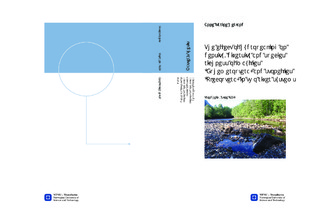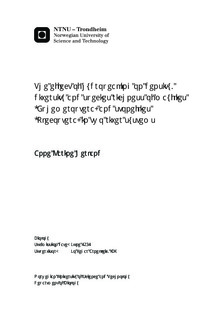| dc.description.abstract | Hydropeaking corresponds to the management of hydropower resources where electricity is produced in accordance with prices and demand. Although fully justified economically, hydropeaking may have adverse consequences for the aquatic ecosystem. Due to frequent and rapid fluctuations in water discharge hydropeaking could generate negative effects on the ecosystem downstream the outlet of the hydropower station. Frequent fluctuations in water discharge, altered temperature regime, substrate composition and vegetation cover can result in reduced macroinvertebrate density and variety downstream the outlet of hydropower stations. Furthermore, macroinvertebrates inhabiting the shallow zone could be exposed to stranding as a consequence of frequent dewatering of the river-margin.In order to provide environmental guidelines for the hydropower industry, it is essential to understand how changes brought upon hydropeaked rivers affect the aquatic ecosystem.We studied the effect of hydropeaking on the total macroinvertebrate density and on the density, diversity and species richness of the orders Ephemeroptera and Plecoptera in two hydropeaked rivers, the Bævra River and the Lundesokna River, in central Norway. Findings from the given study demonstrated negative effects on the macroinvertebrates, likely caused by hydropeaking. The results showed a lowered total density and a lowered density, diversity and species richness of Ephemeroptera and Plecoptera in the locations exposed to frequent dewatering. In the permanently water covered location, however, there was less indication of a hydropeaking effect. These findings suggest that hydropeaking prevent establishment of normal benthic macroinvertebrate communities in the exposed shallow location, while the macroinvertebrate fauna in the permanently water covered location are less affected. | nb_NO |

